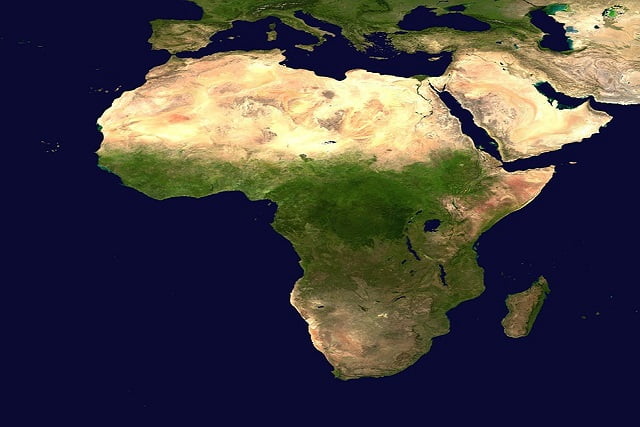Transportation And Industry
Transportation in Nigeria involves the movement of people, goods, and commodities from one place to another by land, water, or air. Land Transport: Human portage: Involves using human legs for movement, such as trekking, applicable for short distances. Animal portage: Involves using animals like horses, donkeys, or camels for movement, common in the northern […]
Transportation And Industry Read More »

